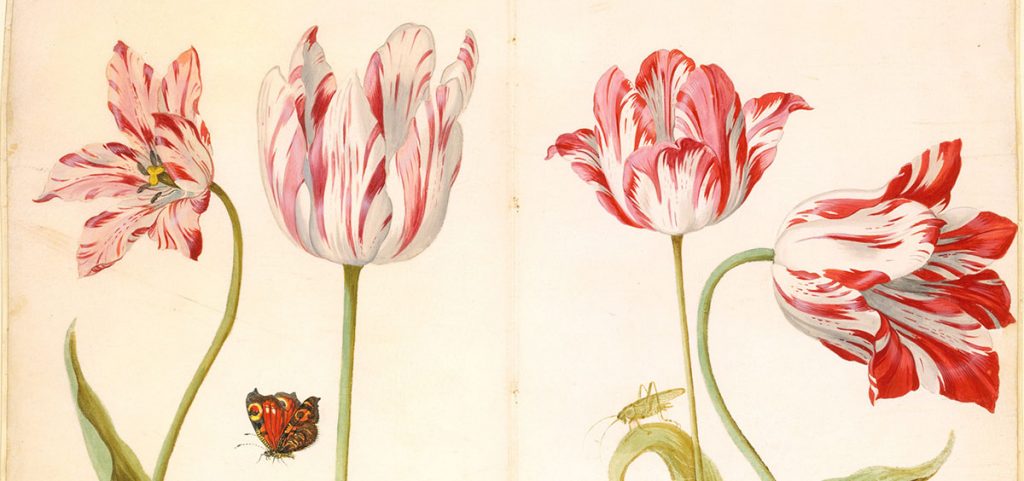
May is an important month in a plant lover’s calendar. On the 1st of May 1753, Carl Linnaeus’ book, Species Plantarum, hit the shelves in Stockholm. It was the first book to list every known plant at the time, and yeah, it was in Latin. A second volume was published in 1763.
This book paved the way for the creation of what is now known as the International Code of Nomenclature for algae, fungi, and plants – a set of rules and recommendations dealing with the formal botanical names. It is managed by the International Botanical Congress, which is the only way botanical (or scientific) names can be changed and many have been throughout the centuries. Plants change, new species arise, it’s quite a task keeping everything up to date.
If you think about it, the common names for plants vary all over the world. Even in English, everyone’s favourite devil’s ivy is known as golden pothos, Ceylon creeper, hunter’s robe, ivy arum, money plant, silver vine, Solomon Islands ivy and taro vine, but it has one botanical name: Epipremnum aureum.
Why is it in Latin?
Plants (and animals, too) all have specific botanical names in Latin because way back then, Latin was the language of the church and widely used. The names themselves are not strictly Latin, but Latinised with names coming from peoples names and other classical languages, like Greek.
How does it work?
Believe it or not, botanical names used to be more complex, effectively describing the physical attributes of the plant. One example we found is Nepeta floribus interrupte spicatis pedunculatis, meaning “Nepeta with flowers in a stalked, interrupted spike”. There were longer ones. Thankfully, our mate Linnaeus simplified botanical naming conventions in Species Plantarum.
With Epipremnum aureum in mind, here’s how botanical names work:
- Plants are classified as class, order, family, genus, species.
- Usually, the name we see is the genus and the species. Botanicals name are a ‘binomial’, meaning it has two parts.
- The genus is always capitalised but the species isn’t.
- An unspecified (or unknown) species is abbreviated to sp.
- Multiple unspecified (or unknown) species are abbreviated to spp.
- It’s always in italics.
- Subspecies and varieties can be added using preceeding abbreviations subsp. and var. (no italics), e.g.: Philodendron scandens subsp. oxycardium
- Cultivars usually appear capitalised in single quotes, e.g.: Philodendron scandens subsp. oxycardium ‘Frilly Philly’
Whether you call them botanic names, scientific names or Latin names – these italics serve a valuable purpose.
If you want to know more, we leaned heavily on this wonderfully in-depth article written by Susan Mahr from the University of Wisconsin – Madison. Thanks Susan!
